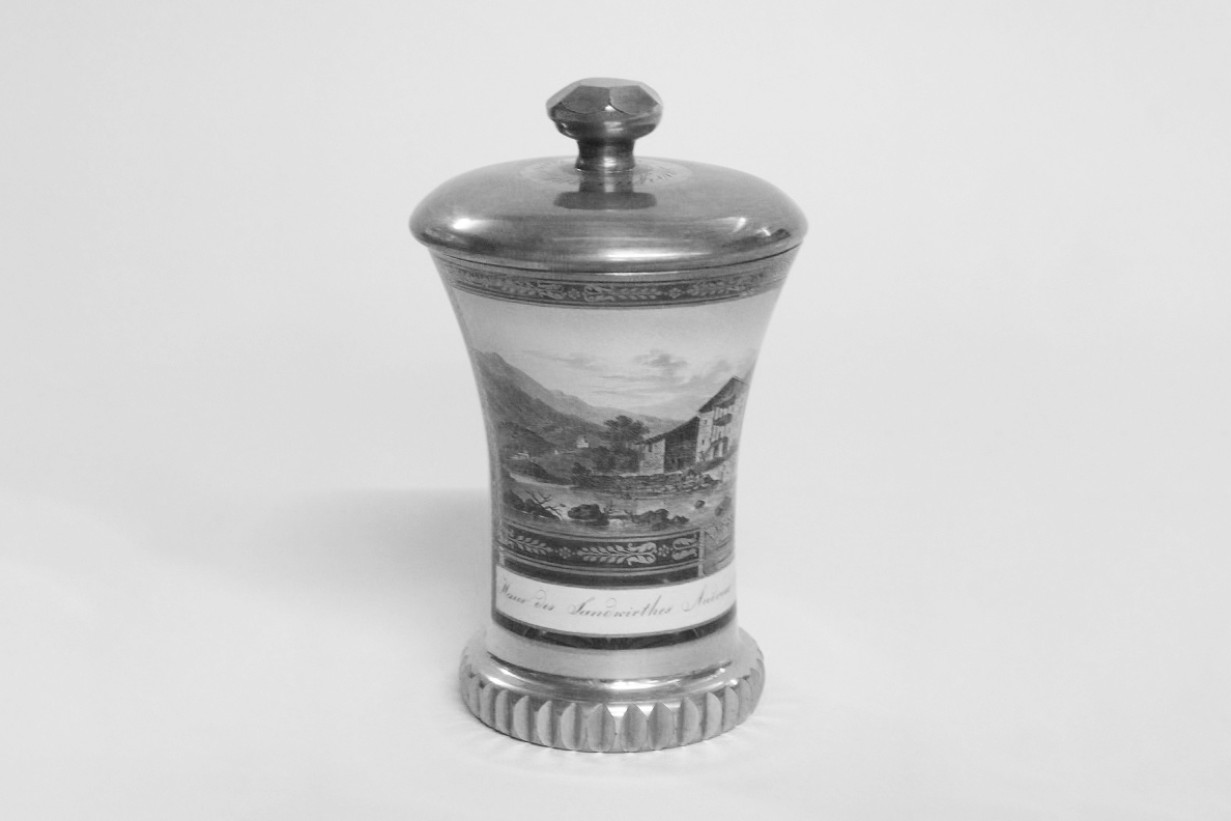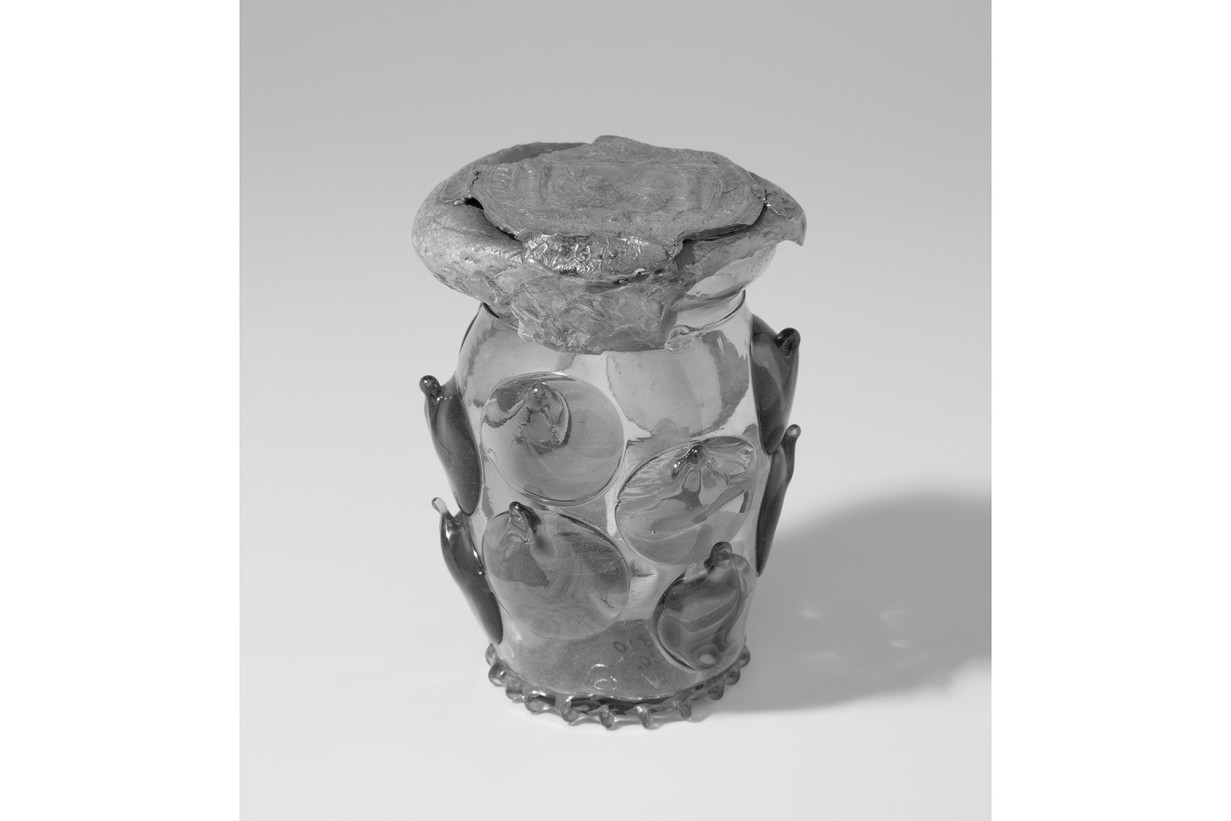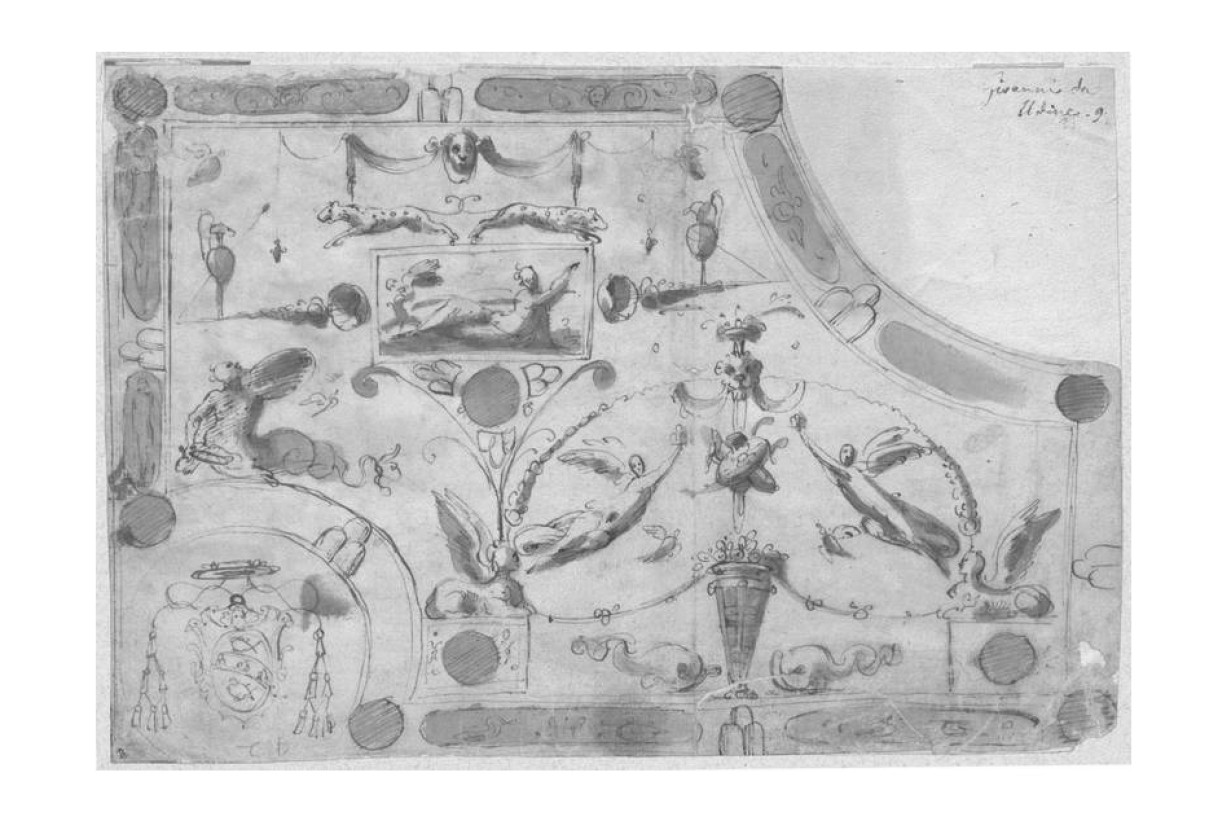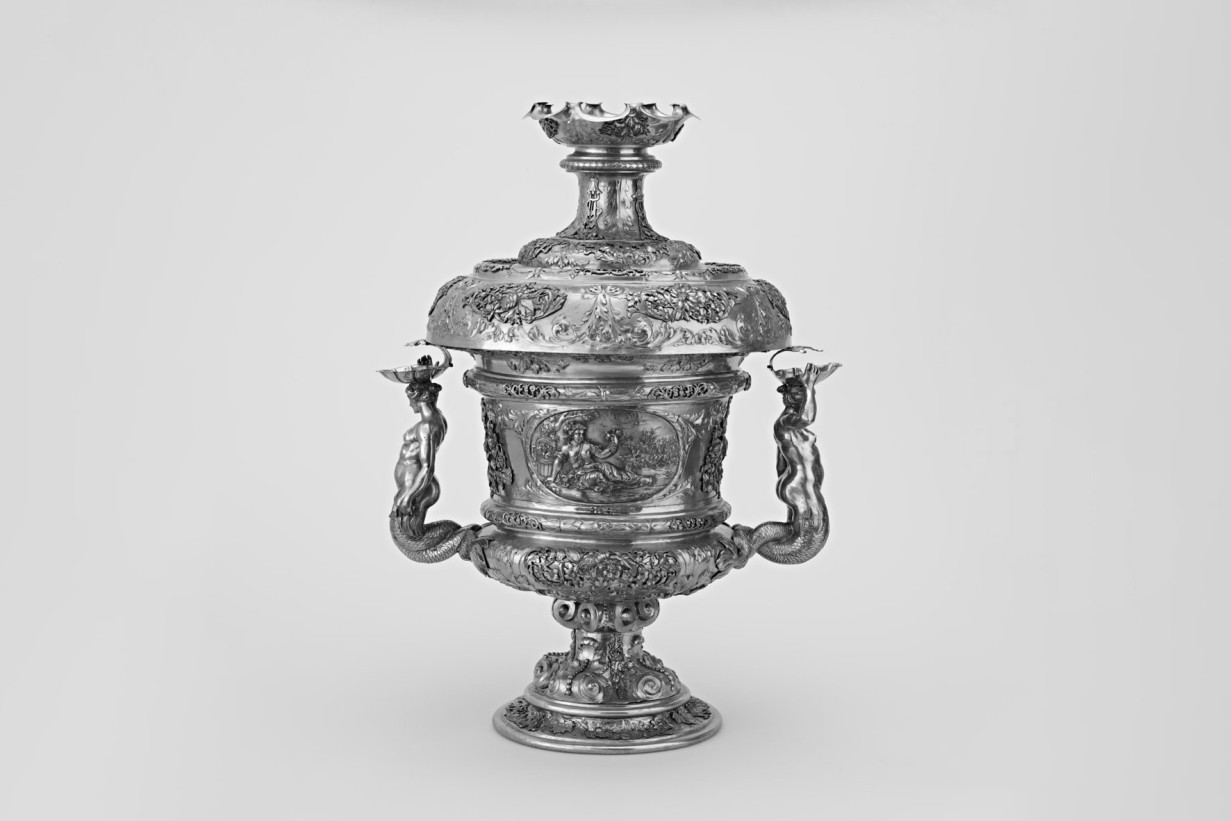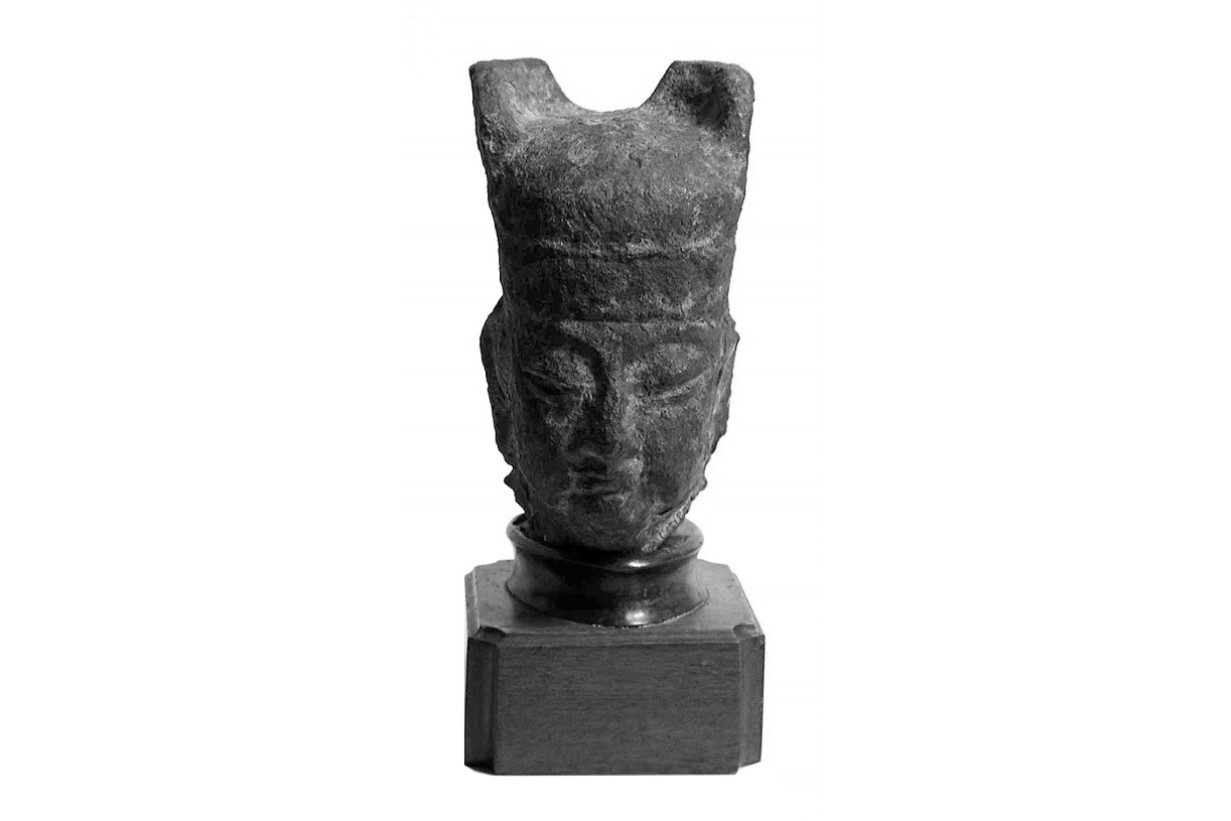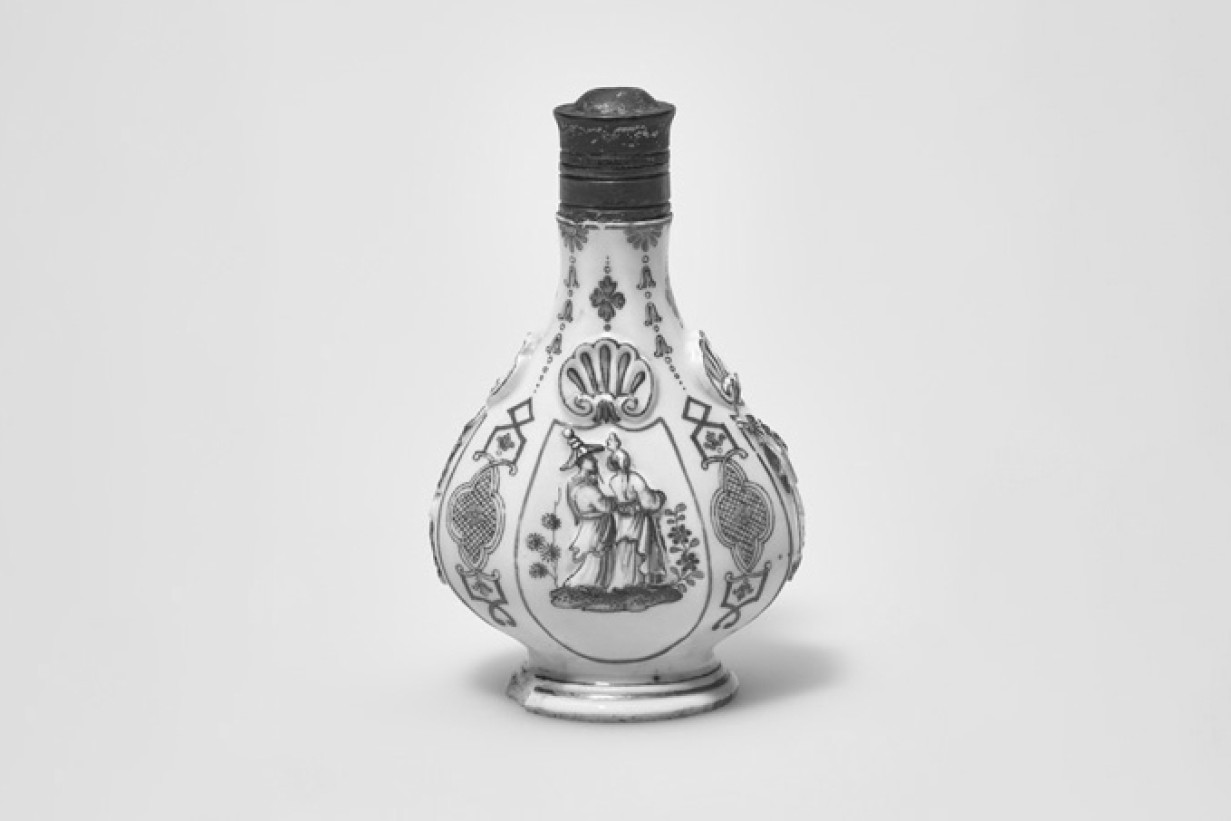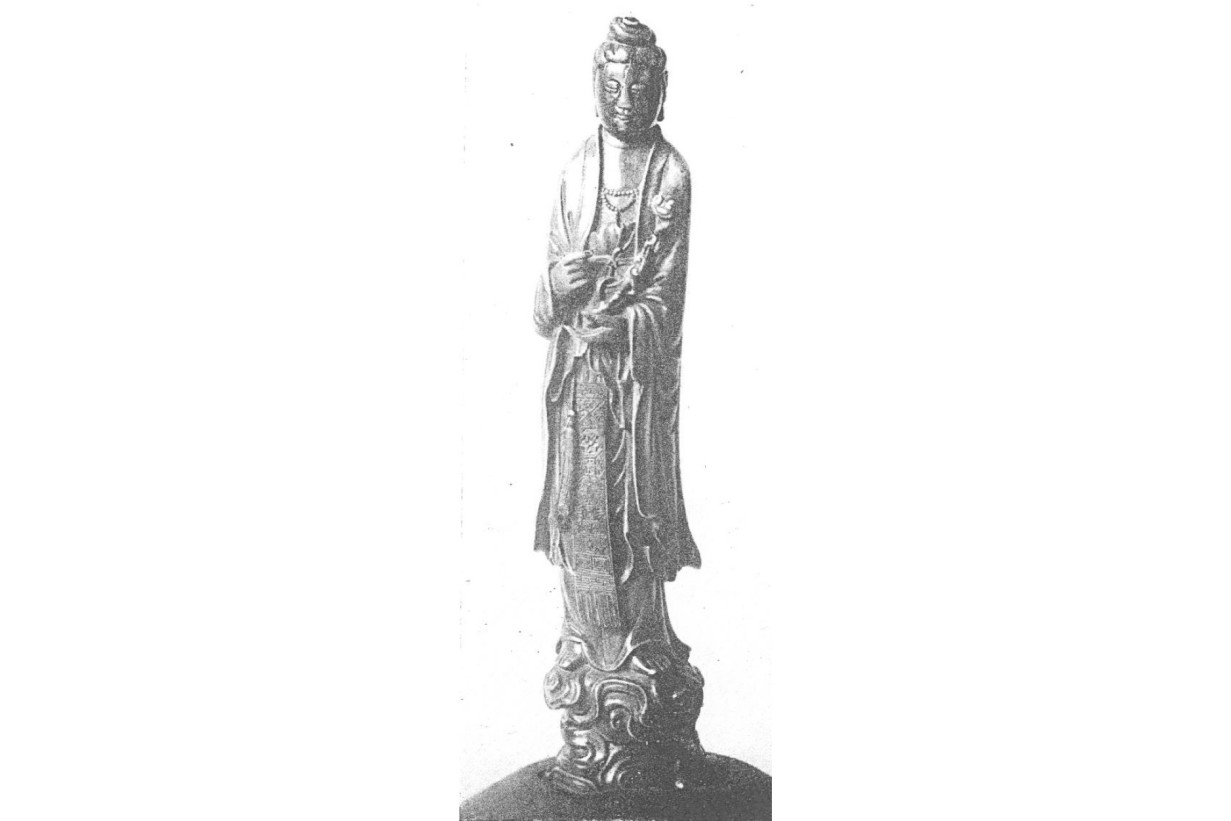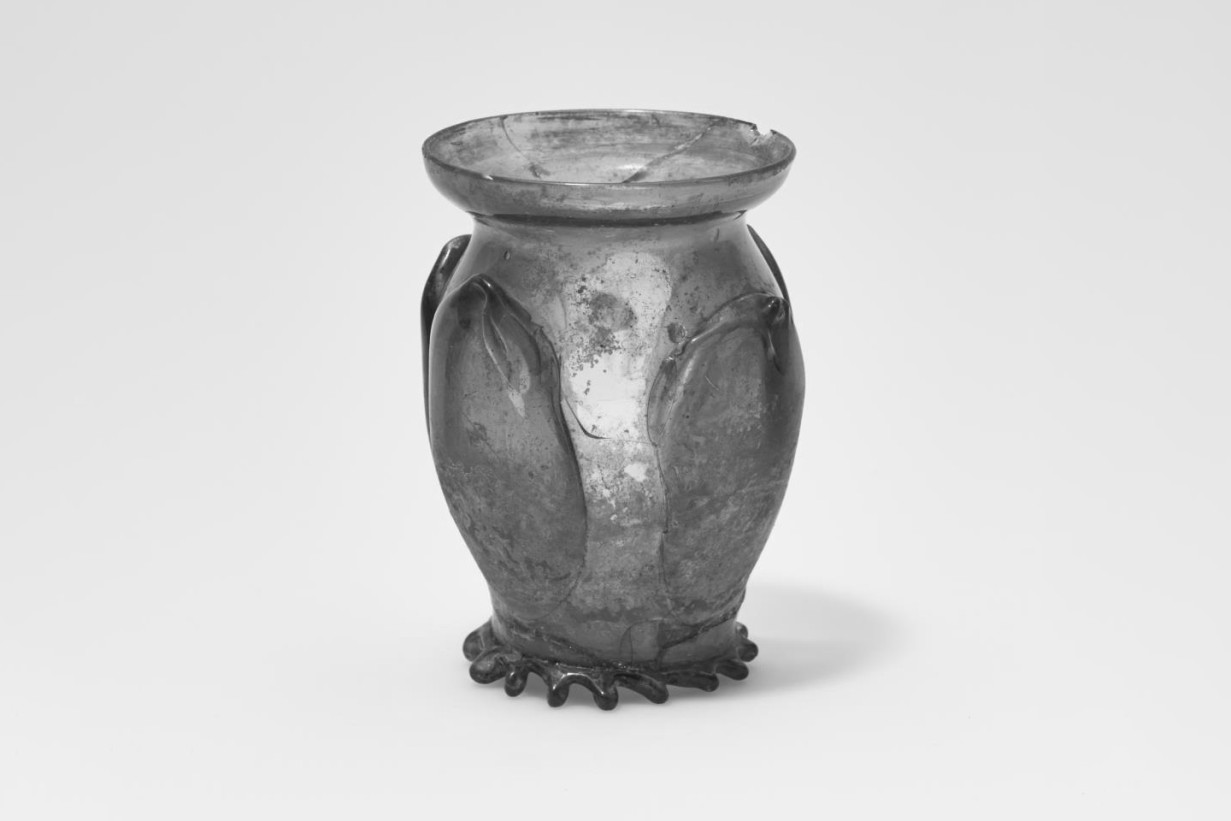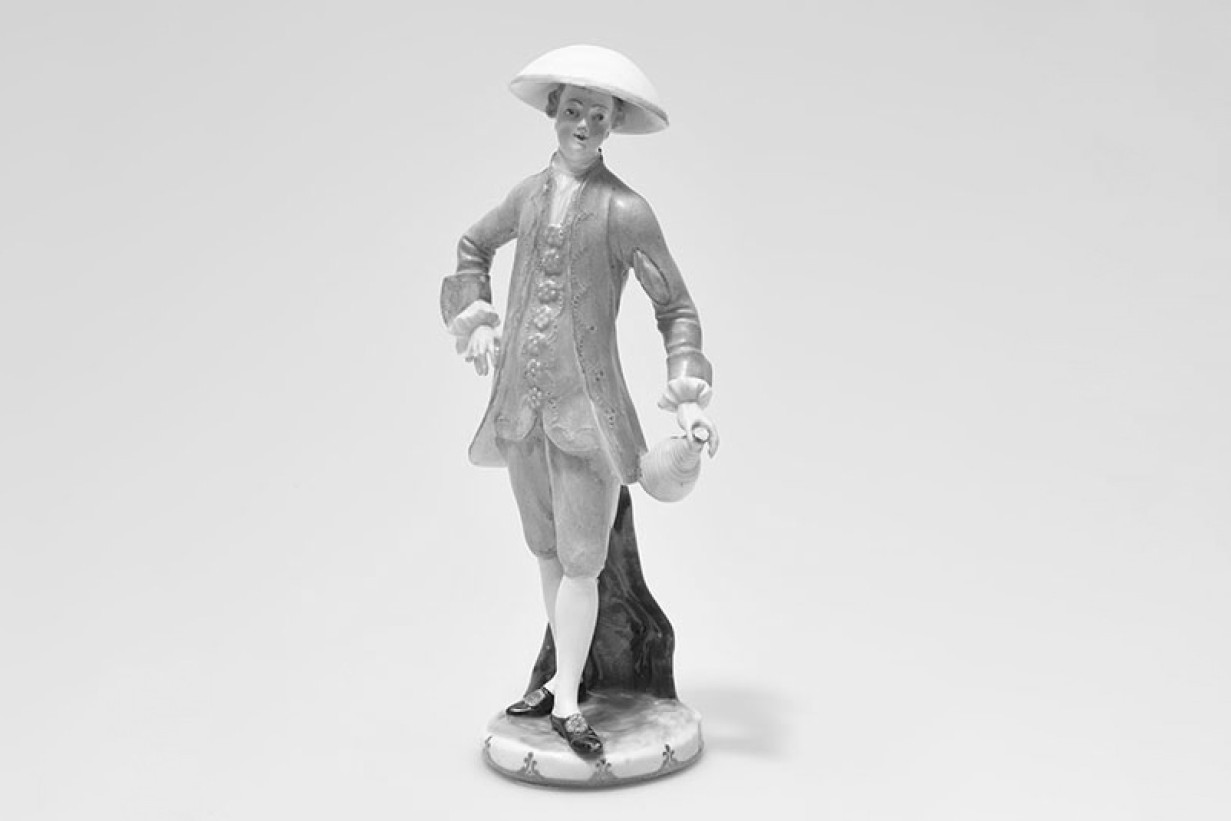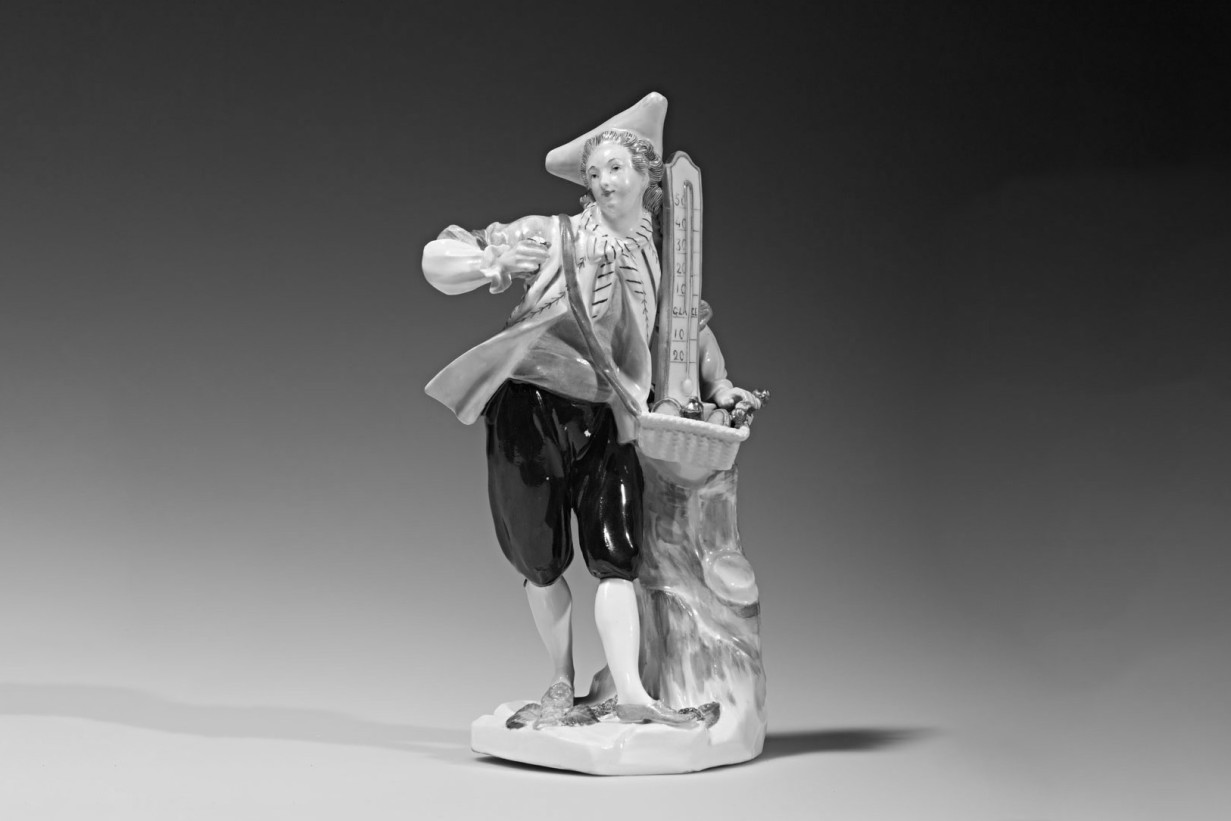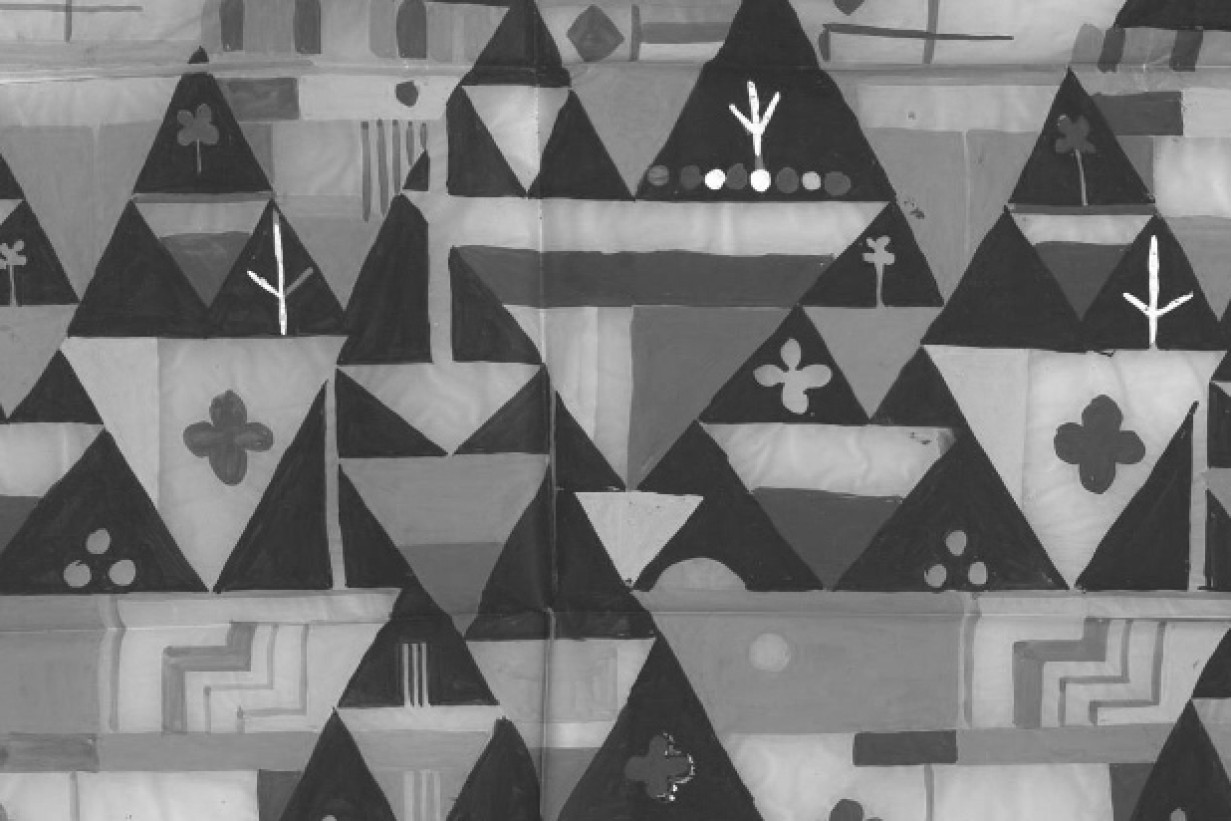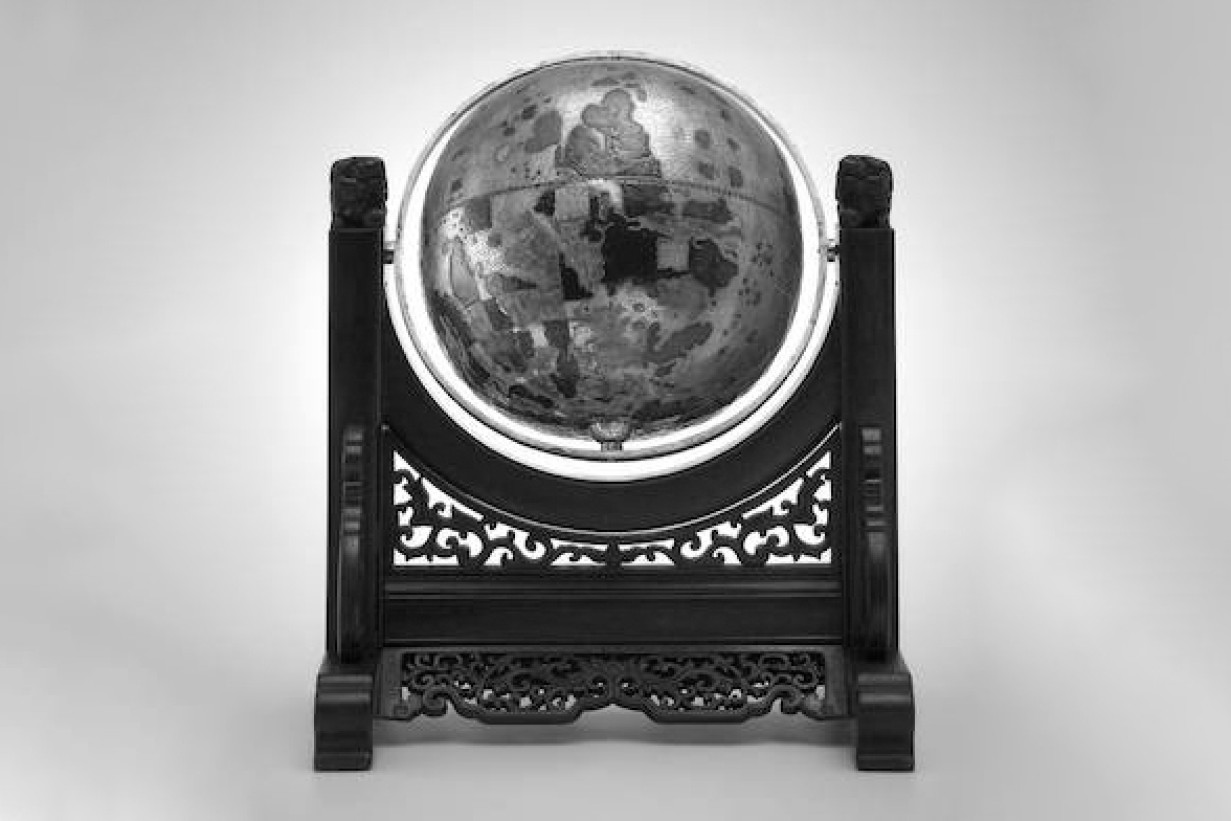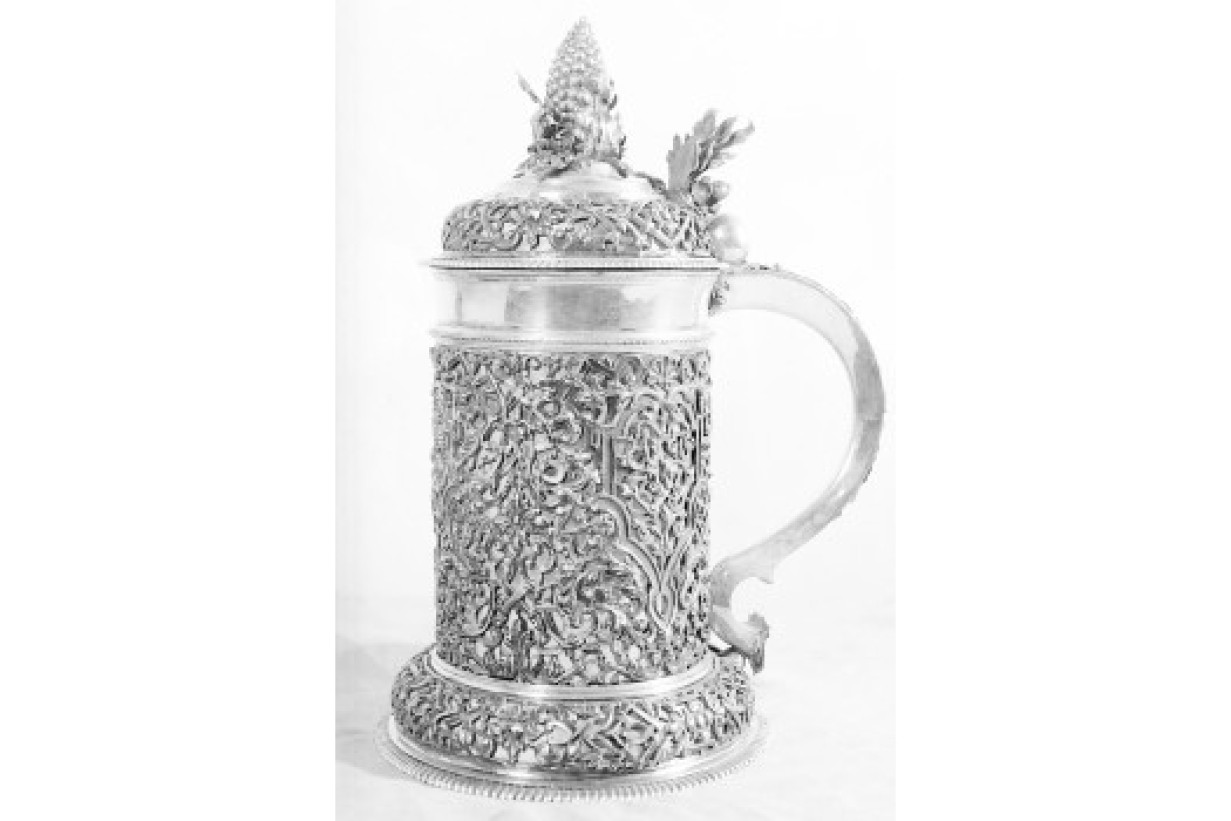In the Nazi era (1938–1945), over 4 200 pieces of art, more than 4 600 works on paper, and around 2 000 books were inventoried at the then State Arts and Crafts Museum in Vienna. Completing the detailed review of these acquisitions is the medium-term goal of the provenance research at the MAK.
In addition, the objects inventoried after 1945 are reviewed with regard to restitutions that were not carried out and potential expropriations during National Socialism.
In 2009, the Art Restitution Law was amended. As a consequence, all seizures during Nazi rule also outside of Austria are now covered by the law. Therefore, the period under review was extended by the years 1933 to 1938. The corresponding investigations have already been implemented by the provenance research at the MAK.
The investigations take place in consultation with the Head of the Commission for Provenance Research. Since 1998, more than 90 dossiers have been created and handed over to the Art Restitution Advisory Board. Based on the respective decisions of the Art Restitution Advisory Board, more than 470 objects have been resituated since 1999.
Basic Principles and Methods
In 1998, the Art Restitution Law on the restitution of art and cultural objects seized during the Nazi era and now owned by the Republic was passed by the National Council of the Republic of Austria. In 2009, the Art Restitution Law was amended.
Since then, the review of the Republic’s collection has been conducted and coordinated by the Commission for Provenance Research. The Commission presents the dossiers on the individual cases to the Art Restitution Advisory Board which in turn advises the Minister in charge with regard to restituting the objects to their original owners or their legal successor. If the Minister agrees to the Advisory Board’s recommendation of restitution, the heirs of the former owners are identified and the handing over of the objects initiated. If an object is considered to have been seized but the previous owners cannot be determined or the search for them or their heirs remains unsuccessful, this object is handed over to the National Fund of the Austrian Republic.
At the MAK, the Provenance Research is in charge of, on the one hand, systematically reviewing the museum’s collection with regard to seized objects and, on the other hand, creating the dossiers for the Commission or the Advisory Board. The most important sources besides the objects themselves are the inventory books and the MAK Archive. Additionally, investigations are also conducted in the Archive of the Federal Monuments Office, the Austrian State Archive, Municipal and Provincial Archives of Vienna, and in other archives. Publications and online platforms are also included in the research.
Very specific for the Provenance Research at the MAK is that most objects were created as artisan products and are often not unique. Definite proof that the art object at the MAK is identical with the one seized in the Nazi era is partly only possible after intensive investigations.
